Your Diamond’s Cut – A Behind the Scenes Look
Behind Your Diamond’s Cut
No piece of jewelry holds more symbolic weight than your wedding ring. That one diamond represents your love, devotion, and commitment to the most critical person in your life. All diamonds represent strength, everlasting love, purity, and invincibility, but your diamond’s cut will add extra significance and historical context to your ring.
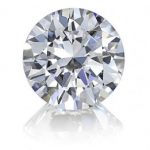 Round Cut
Round Cut
The round cut began its journey when designer Cardinal Mazarin created the first cross-cut diamond in 1650. The round diamond we know today, however, was not developed until the early 20th century. This cut is classic, timeless, and traditional. It has 58 facets and is the most versatile cut, allowing you to add a halo or gems easily.

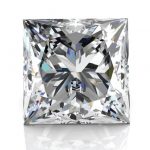 Princess Cut
Princess Cut
Though there was a diamond that went by the name of princess cut invented in 1961, the glamorous princess cut that we know today came to be in 1979 and was made famous by Ygal Perlman, Betzalel Ambar, and Israel Itzkowitz in Israel. The square shape creates a regal yet contemporary cut that highlights your ring’s extra sparkle. It has 49 facets and is the second most popular cut behind round.
Emerald Cut
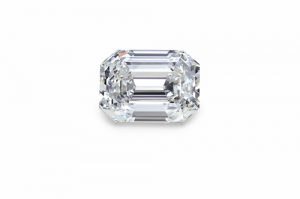 Named for the way it best highlights the deep viridian green of an emerald, this ring is refined yet makes a statement. With an elongated shape and step-cut faceting, its 58 facets create a “hall of mirrors” look that no other style can mimic. While its step-cut design goes back centuries, the standard emerald cut became popular in the 1940s. If you choose this cut, you’re showing the world that you’re confident, outgoing, and willing to take a little risk.
Named for the way it best highlights the deep viridian green of an emerald, this ring is refined yet makes a statement. With an elongated shape and step-cut faceting, its 58 facets create a “hall of mirrors” look that no other style can mimic. While its step-cut design goes back centuries, the standard emerald cut became popular in the 1940s. If you choose this cut, you’re showing the world that you’re confident, outgoing, and willing to take a little risk.
Cushion Cut
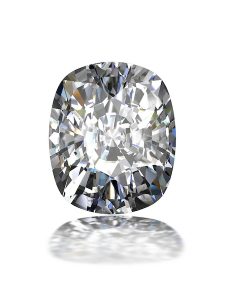
The cushion diamond finds a feminine medium between the sharp edges of the princess and the continuous curve of the round cut. Its origins trace back to the 19th century. If you choose a cushion cut, you can vary your particular diamond’s shape. You can select one that is more rounded or more square. This diamond is referred to as a fancy cut, for the artful, romantic, and nostalgic.
Oval Cut
Lazare Kap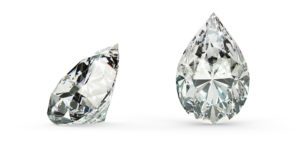 lan popularizedthis unique and trendy cut in the early 1960s, though the first known oval diamond was cut in 1304. The oval adds a little elongation to the typical round cut. Oval is for the classy and upscale who want to add a bit of personality to their ring.
lan popularizedthis unique and trendy cut in the early 1960s, though the first known oval diamond was cut in 1304. The oval adds a little elongation to the typical round cut. Oval is for the classy and upscale who want to add a bit of personality to their ring.
Pear Cut
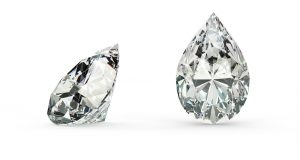
Though the pear cut is often seen as a particularly modern and unique look, it dates all the way back to 1475, when a Flemish cutter named Lodewyk van Bercken designed the first pear diamond. The asymmetrical cut has 58 facets and is perfect for those who want something versatile yet a bit unconventional.
Marquise Cut
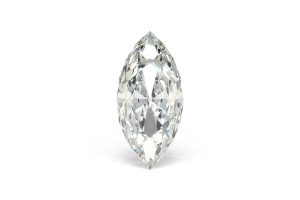
Unique and elegant, this marquise cut is also known as the Navette, which means “little boat” in French. Like the cushion cut, it’s great for those who want a bit of history to their diamond, as it originated in the 1800s thanks to King Louis XV of France (1710-1774), who commissioned a jeweler to design a cut shape that resembled the lips of his mistress, Jean Antoinette Poisson, the Marchioness Madame de Pompadour.
As you can see, your diamond’s cut represents your personality and symbolizes your love and commitment.

There are no comments
Add yours